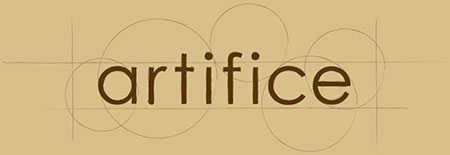Video Tutorials
It’s very rare that I RANT about something vehemently, but I will do just that on this occasion. I apologize in advance for the heavy use of all-caps, but I need to STRESS how ANGRY I AM.
I CAN’T STAND sites that use VIDEO TUTORIALS and don’t have some sort of TEXT-BASED INSTRUCTION or TRANSCRIPT along with them.
In the past, I could Google some question I had about some program I was using, some programming language I was writing in, or some computer configuration task I was trying to do. I would navigate to a promising result listing, skim the text, and either find what I was looking for, or go back and try again. Quick, easy, no problems, and it gets the job done.
These days, more and more frequently, I’m finding sites that think everything has to be explained with a VIDEO TUTORIAL that has screen-capture of someone’s monitor while he is talking conversationally and meandering his way to the answer I was looking for. This is INCREDIBLY PROBLEMATIC!
For starters, I’m not always at a computer with SOUND or in possession of a handy pair of HEADPHONES. Considering these videos are RARELY CAPTIONED, I’m out of luck! If I were DEAF, I would be FURIOUS. I can’t get at the information if I don’t have sound! Moreover, the video takes time to LOAD. Plain-text is much faster! The narration is almost NEVER TO-THE-POINT. The speaker TALKS LIKE I’M STUPID, and fills the presentation with conversational (“So we’re just gonna”s and “Why don’t you”s, etc.). Plus SEEKING is a BLIND operation, because I can’t guess when in the video the real content begins.
I will admit that tutorial videos are useful in cases where a program has a convoluted menu system, or in cases where you’re trying to illustrate a workflow or process that takes time or several steps to complete. In a good number of these cases, though, wouldn’t a screenshot suffice?
If you are considering putting a video tutorial up, make sure it’s for the right reasons. PLEASE put a text transcript up, either below the video, or linked off to another page. STOP WASTING OUR TIME!
Thank you. ![]()



